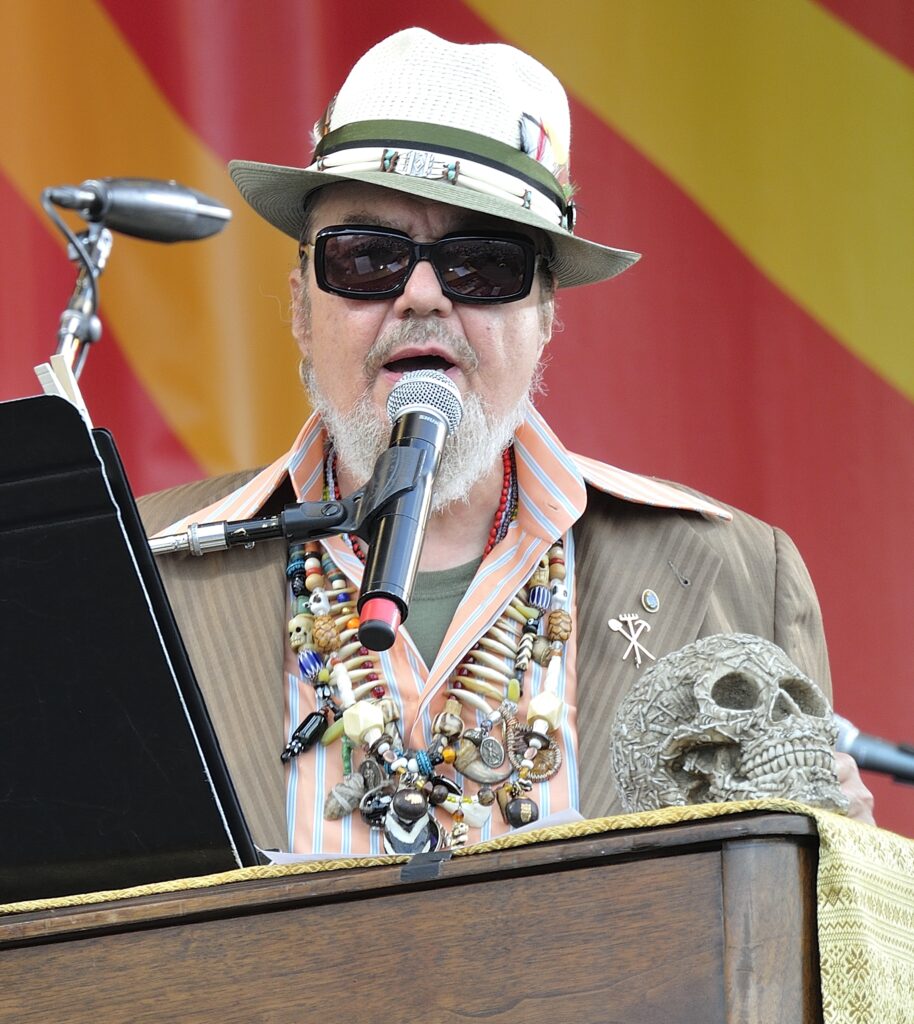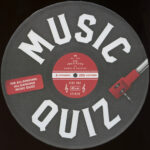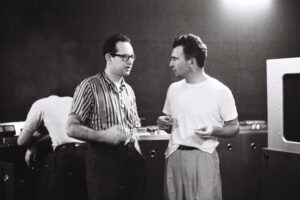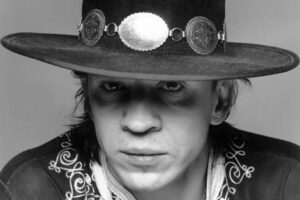Malcolm John (Mac) Rebennack Jr. — Dr. John — was an American original who inhabits a special place in our musical heritage. He lived from November 1941 until June 2019.
His family’s heritage is German, Irish, Spanish, English and French. The city in which he grew up added Cajun, African and Native American elements to Rebennack’s musical DNA. An artist with so many international influences only is possible in America (that was funnier when Yogi said it).

Young Mac’s dad owned an appliance store, which enabled him to meet the city’s great musicians. This included the legendary Professor Longhair, with whom he apprenticed. Mac, as he was known, was quite precocious. He played with and wrote songs for Art Neville, Joe Tex, Frankie Ford (“Sea Cruise”) and Allen Toussaint, according to American Blues Scene’s JD Nash. He holds the record for being the youngest A & R (artists and repertoire) person – a key record company function – ever.
Rebennack had a spotted career before he made it big in the early 1970s with the “Dr. John” character, which started as some variation of “Dr. John Creaux, The Night Tripper.” He had a heroin habit (which Nash says lasted until 1989), ran a brothel and went to jail for two years for selling drugs. Wikipedia and AllMusic have all the colorful details. The latter points to an interesting bit of trivia: As an infant, Rebennack was on the Ivory Soap box.
Ivory soap box or not, Rebennack was no choir boy. Indeed, his parochial school told him in essence that he had to choose between god and music. He chose the former and left school. An argument could be made that he ended up serving both.
I couldn’t in good conscience write a post about Dr. John without linking to Mama Roux. A lesser known but great song,”Talk that Talk,” is below. It was done with Ronnie Barron. The video above discusses Rebennack and the importance of Barron, who was a close friend and responsible in a real and direct way for Dr. John’s switch from guitar to piano. Another great video is a Dr. John instructional video, which shows how great a pianist he was. Finally, check out the second line parade in the New Orleans neighborhood of Treme after Rebennack died in June, 2019.
This is slightly off topic but interesting. 64 Parishes defines a second line of a funeral:
The musicians, funeral directors, family, and friends of the dead make up what is called the first or main line, while the crowd marching behind is collectively known as the second line. As the procession moves from the funeral service to the burial site, the first and second lines march to the beat of a brass band.
The video doesn’t show any forward movement, so it’s probably not really a second line parade. It also is unlikely that it was spontaneous. The emotion and love for Dr. John clearly is real, and that’s the important thing.
[box title=”Get Great Music, Support TDMB” style=”soft” box_color=”#fcfee4″ title_color=”#030728″ radius=”10″]Linking from TDMB directly to Amazon without any interim stops supports the site because we get a small percentage of the purchase price of anything you buy. The price you pay remains the same. Please consider it. It would be greatly appreciated. [/box]

















Recent Comments